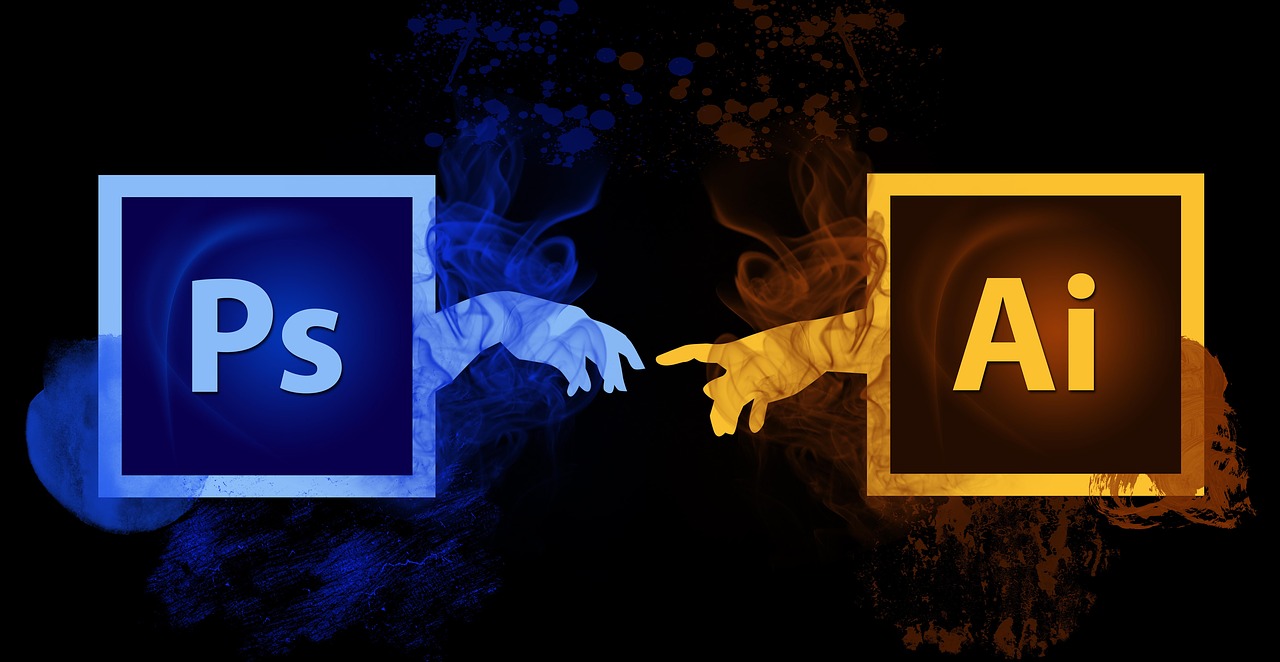Adobe Photoshop CS6 Ultimate Guide: Mastering the Art of Digital Imaging
Welcome to the comprehensive guide to Adobe Photoshop CS6, a software that has revolutionized digital imaging since its inception. As an author specializing in multimedia content, I have delved deep into the intricacies of this powerful tool to bring you insights and techniques that will elevate your photo editing skills to new heights.
Adobe Photoshop is not just a tool; it's a canvas where creativity knows no bounds. With Photoshop CS6, Adobe has once again pushed the boundaries of what we thought was possible with image editing. The software boasts a host of enhancements and features designed to streamline your workflow, enhance your creative process, and deliver stunning results.
Getting Started with Adobe Photoshop CS6
Before diving into the advanced features, let's start with the basics. Installing Adobe Photoshop CS6 should be straightforward if you're using Windows or Mac OS X Lion or later. Once installed, open the application to get started.
The Workspace
Upon opening Photoshop, you'll notice the familiar interface but with some notable changes. One of the most significant updates is the introduction of the 'Quick Mask' mode, which allows for quick selection and manipulation of parts of an image without losing the rest. This feature alone can save countless hours of manual work.
Another key addition is the 'Content-Aware Move Tool,' which automatically adjusts the pixels around the moved object to blend seamlessly with the background. This is particularly useful for portrait retouching and object removal.
Layer Management
Layers are the backbone of Photoshop. They allow you to work on different elements of an image independently and then combine them as needed. In CS6, the layer panel has been enhanced with 'Smart Layers,' which include effects that update when you make changes to the original image. This is ideal for creating complex compositions without having to duplicate layers.
Brush Settings
The brush panel in Photoshop CS6 offers a range of customizable options. You can adjust the size, shape, hardness, spacing, dynamics, texture, opacity, and more. These settings can significantly affect how you paint and draw within the software.
Actions
Actions in Photoshop CS6 are now organized by category, making it easier to find and apply them. Additionally, you can create custom actions to automate repetitive tasks. This is particularly useful for batch processing images or applying consistent edits across multiple files.

Camera Raw
Adobe Camera Raw (ACR) is integrated into Photoshop CS6, allowing you to perform raw file processing directly from within the program. This saves time and ensures consistency in your workflow. ACR supports over 300 camera models and offers extensive control over color correction and exposure adjustments.
Photoshop CS6 Features Overview
Brush Stacks: Combine multiple brushes into one stroke.
Gaussian Blur: Apply Gaussian blur faster than ever before.
Healing Brush Tool: Improved performance and user experience.
Warp: New warp modes including perspective, fisheye, and barrel.
Pattern Swatch Browser: Enhanced organization of patterns.
New UI Elements: Adaptive panels, content-aware guides, and more.
Advanced Techniques
Now that we've covered the essentials, let's explore some advanced techniques that will help you master Photoshop CS6.
1. Creating Depth with Perspective
Perspective is a fundamental concept in photography and graphic design. To create depth, use the 'Perspective' option under the 'Warp' menu. This will stretch and distort your image to give it a realistic three-dimensional appearance.
2. Removing Objects Seamlessly
Using the 'Content-Aware Move Tool,' you can move objects within an image while maintaining the surrounding context. This is essential for portrait touch-ups, removing unwanted objects, or creating composite images.
3. Batch Processing with Actions
To apply consistent edits to a series of images, use actions. Record the steps you want to take, such as adjusting brightness and contrast, resizing, and saving the file. Then, apply these steps to all your images at once using the 'Batch' command.
4. Applying Layer Styles
Layer styles add visual effects like shadows, strokes, and gradients to your layers. To apply a style, select the layer you want to format and choose 'Layer Style' > 'New.' Select the type of effect you want to apply and customize it to your liking.
5. Using Smart Filters
Smart filters in Photoshop CS6 offer a range of enhancements that can be applied non-destructively. This means you can experiment with different filters and effects without worrying about undoing any mistakes.
Conclusion
Adobe Photoshop CS6 is a powerful tool that requires patience and practice to master. By understanding the workspace, managing layers effectively, and utilizing the various tools and features available, you can create breathtaking images that stand out in today's competitive market.
Remember, the key to mastering Photoshop CS6 is not just learning the software itself but also being creative with how you apply its capabilities. Keep experimenting, and don't be afraid to push the boundaries of what you think is possible. Happy designing!
This guide provides a foundational understanding of Adobe Photoshop CS6, covering everything from installation to advanced techniques. Whether you're a professional photographer, graphic designer, or hobbyist, this comprehensive guide will help you unlock the full potential of Photoshop and take your digital imaging skills to the next level.









